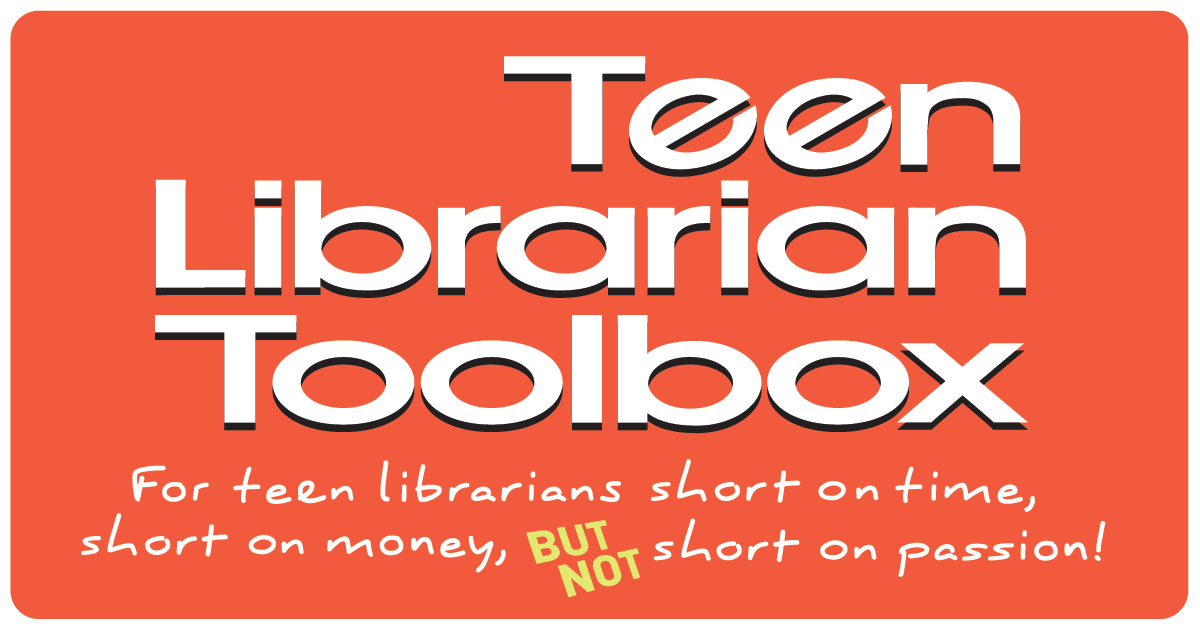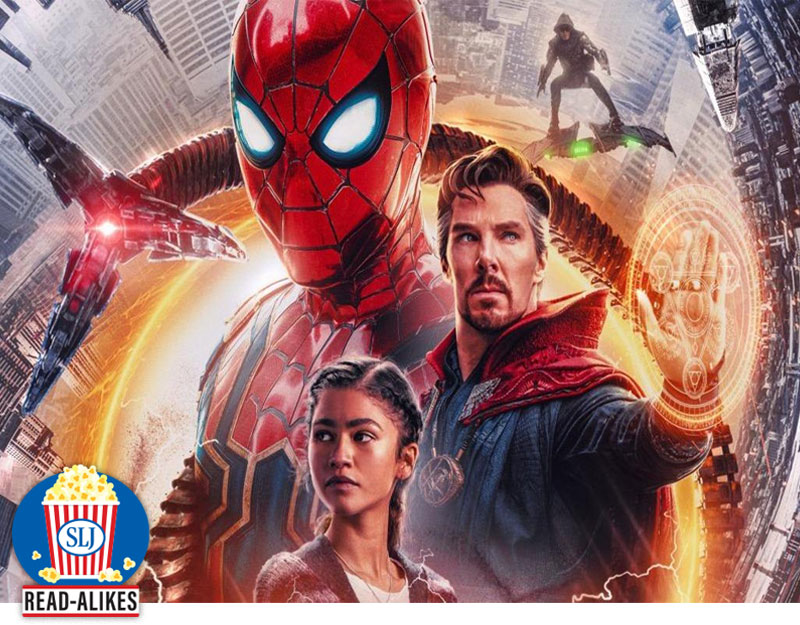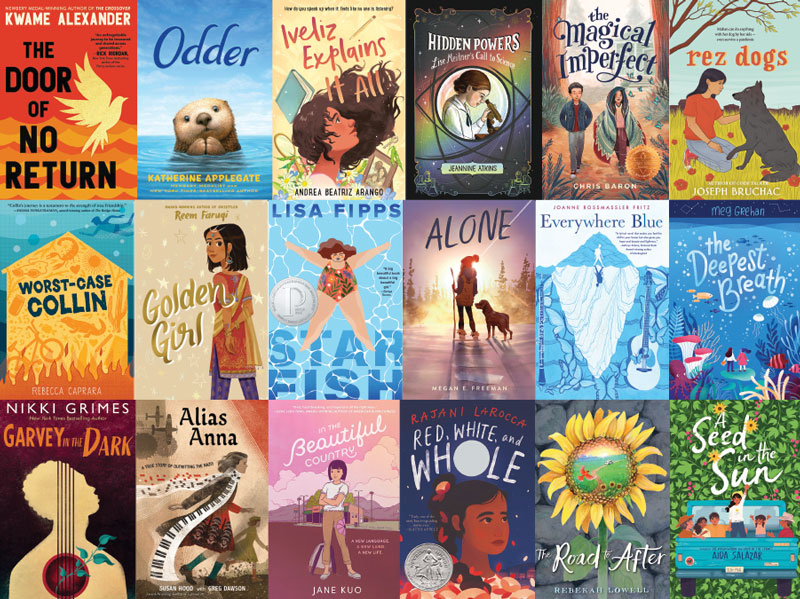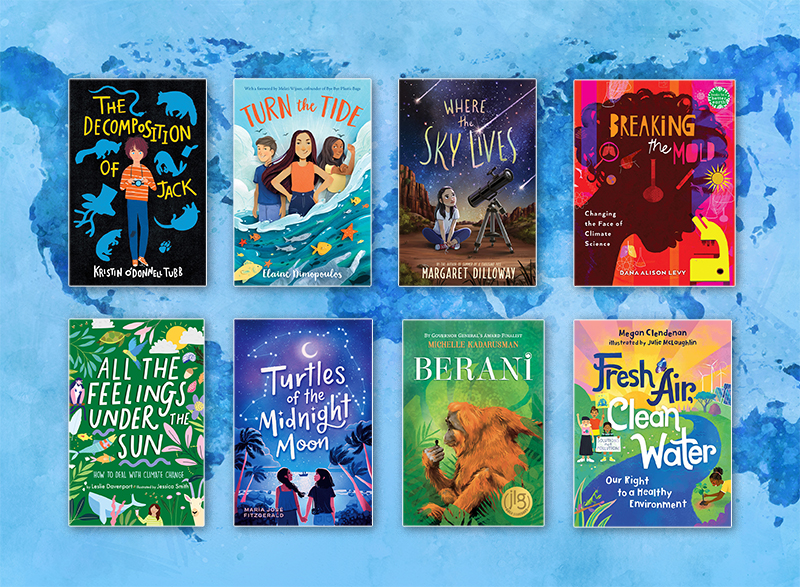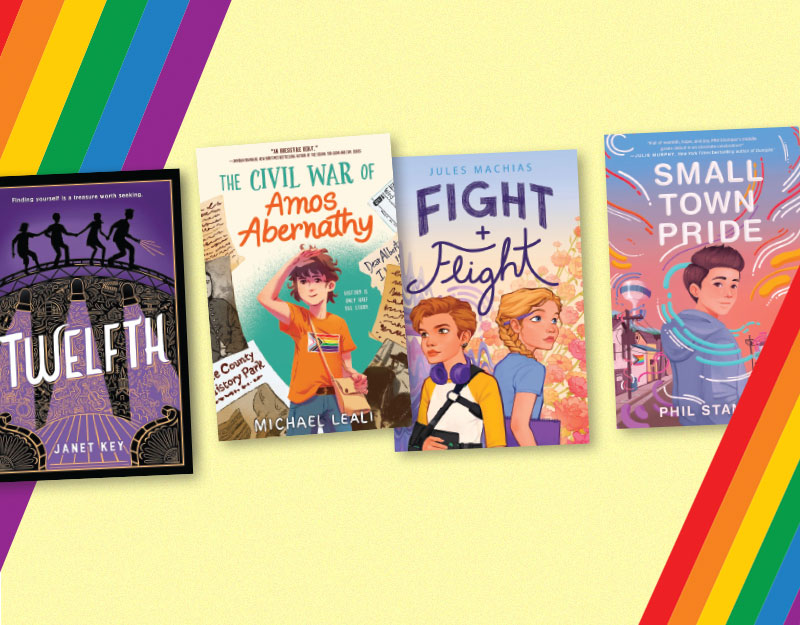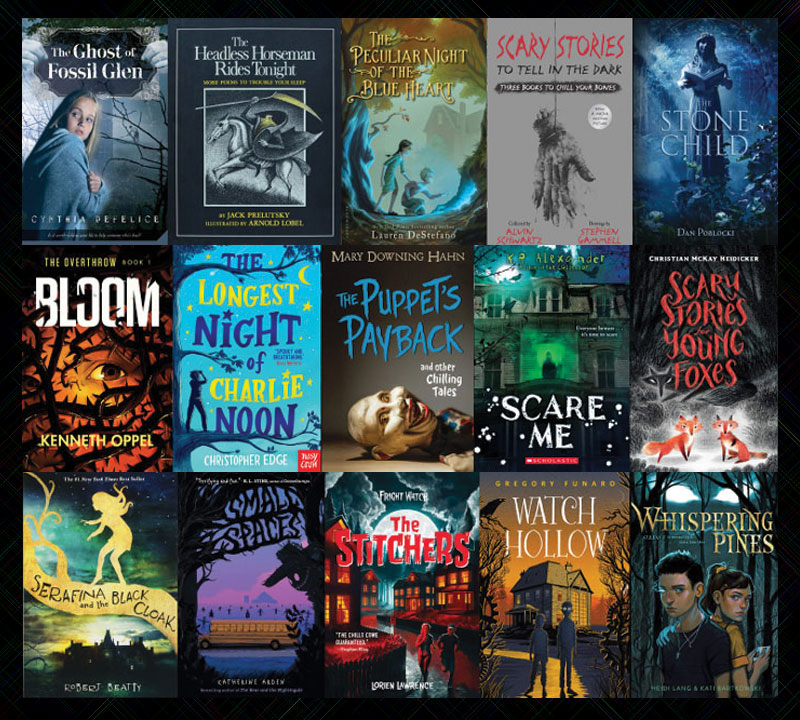How Can Teens Make a Real Difference? A guest post by Sean O’Brien

I spent over twenty years in public service and I’m still not sure where or when I’ve made a real difference. So how exactly are young people supposed to feel about their ability to change a complex and changing world?
In my debut novel, White House Clubhouse, I try to answer this question through a time travel adventure that focuses on two Presidential daughters, Marissa and Clara, who find themselves in tough situations that they did not choose. The questions they face, both in modern times and in the era of Teddy Roosevelt, is what are you going to do about it?
ADVERTISEMENT
ADVERTISEMENT
“We promise to make a difference, because we can,” reads the pledge they both sign. But throughout the rest of the novel, they are confronted with the difficulty of fulfilling that pledge in the face of opposition, indifference, and their own self-doubt. Ultimately they find the answers through the example of others, including the 26th President, who urges them simply to “dare greatly.”
Measuring change is tough, and seeing your efforts come to fruition can be an exercise in false starts and frustration at every level. But when I speak with young people about how to bring about positive change, the answer is actually pretty simple. Do something. Anything. Take action in your own school, community, or family.
There’s wisdom in the many clichés on this topic. Take it one step at a time. Think globally, act locally. Better to light a single candle than to curse the darkness. A journey of 1,000 miles begins with a single step. Etc.
They all boil down to a simple recipe: get off your butt and do one thing right now aimed at improving the situation. Dare greatly. It’ll make you feel better, it’ll improve one small thing, and it’ll get your momentum rolling toward many more small but meaningful actions.
Taking action of some kind is the ultimate remedy for the paralyzing inertia that comes to people of all ages when faced with a distressing situation. Action brings focus, and step by step structure. Small challenges that can be overcome through small acts. It’s a chance to stop thinking and talking, a chance to get to the end of the day and realize you’ve done something.

This summer I was forced to take my own advice after devastating flooding destroyed many homes and livelihoods in Vermont. Listening to the radio and seeing the images on the internet was disturbing, and navigating damaged roads and flood zones was a challenge. But the flooding really hadn’t impacted me directly. I had a vague urge to do something, but let myself off the hook with the natural human instinct to find reasons to stay on the sidelines – where would I go, and what difference could I really make?
If I were still working in Congress I could try to secure disaster funding. If I still worked at the White House or Pentagon I could draft messages or help coordinate resources. But I’m not in government anymore. I’m just a writer with a laptop and a deadline. Too easy to throw up my hands and stay on the sidelines.
That inertia was broken on the streets of Hardwick, Vermont when I was invited into the Civic Arc, a community service organization, with an offer of bread and lasagna. They had too much food for the volunteers who’d been helping flooded homes all day. That simple invitation led me to volunteer myself for the next day.
I was sent to a home in a low lying area. I was shy and uncertain as I arrived at the site. I’m not an expert on homes. I’m not a resident of the area. Nobody cared. They were glad to see me, though we didn’t talk much – there was work to be done. I was handed a box cutter and a crowbar, and sent to the flooded bathroom. I spent the day cutting away drywall and removing insulation, carrying trash out of the house and into the dumpster.

Did I change the world that day? Hardly. Did I reverse the flood damage? Of course not. And would that work have gotten done eventually without my help. Yes. But did I make a difference that day? To one family, I did. And I returned the next day to do a little more.
Taking action means simply that – moving forward and doing something. My message to young people who want to change their world is to find some local opportunity to make one small change today. Their example will inspire others. It will give them new experiences and learning opportunities. It may even be fun. And there should be no doubt at all, that to someone, somewhere, it will make a difference.
Meet the author

ADVERTISEMENT
ADVERTISEMENT
Sean O’Brien served as director of speechwriting to Vice President Joe Biden and Dr. Jill Biden, special assistant to President Barack Obama, and senior advisor to the Secretary of the Navy. He performed comedy with Chicago’s Second City and Annoyance theaters as well as DC’s Capital Fringe Festival while serving as a chief of staff in the US House of Representatives. He earned a BA with Honors in American Culture from Northwestern University and an MS in National Security and Strategic Studies from the US Naval War College. Sean teaches at Georgetown University in Washington DC, where he lives with his family.
Please visit him online at seanobrienbooks.com
Instagram: @seanobrienbooks
Facebook: @seanobrienbooks
Twitter: @SeanOBrienBooks
About White House Clubhouse
From a former White House speechwriter: a middle grade series following two First Daughters who team up with historical presidential children to save the nation.
Marissa and Clara’s mom is the newly elected president of the United States, and they haven’t experienced much freedom lately. While exploring the White House they discover a hidden tunnel that leads to an underground clubhouse full of antique curiosities, doors heading in all directions—and a mysterious invitation to join the ranks of White House kids. So they sign the pledge.
Suddenly, the lights go out, and Marissa and Clara find themselves at the White House in 1903. There they meet Quentin, Ethel, Archie, and Alice, the irrepressible children of President Theodore Roosevelt. To get back home, Marissa and Clara must team up with the Roosevelt kids “to help the president” and “to make a difference.”
White House Clubhouse is a thrilling and hilarious adventure that takes readers on an action-packed, cross-country railroad trip, back to the dawn of the twentieth century and the larger-than-life president at the country’s helm.
ISBN-13: 9781324052920
Publisher: Norton Young Readers
Publication date: 10/03/2023
Series: White House Clubhouse
Age Range: 8 – 12 Years
Filed under: Guest Post
About Amanda MacGregor
Amanda MacGregor works in an elementary library, loves dogs, and can be found on Twitter @CiteSomething.
ADVERTISEMENT
ADVERTISEMENT
SLJ Blog Network
Endangered Series #30: Nancy Drew
Research and Wishes: A Q&A with Nedda Lewers About Daughters of the Lamp
Preview: Archie Jumbo Comics Digest #350
ADVERTISEMENT

